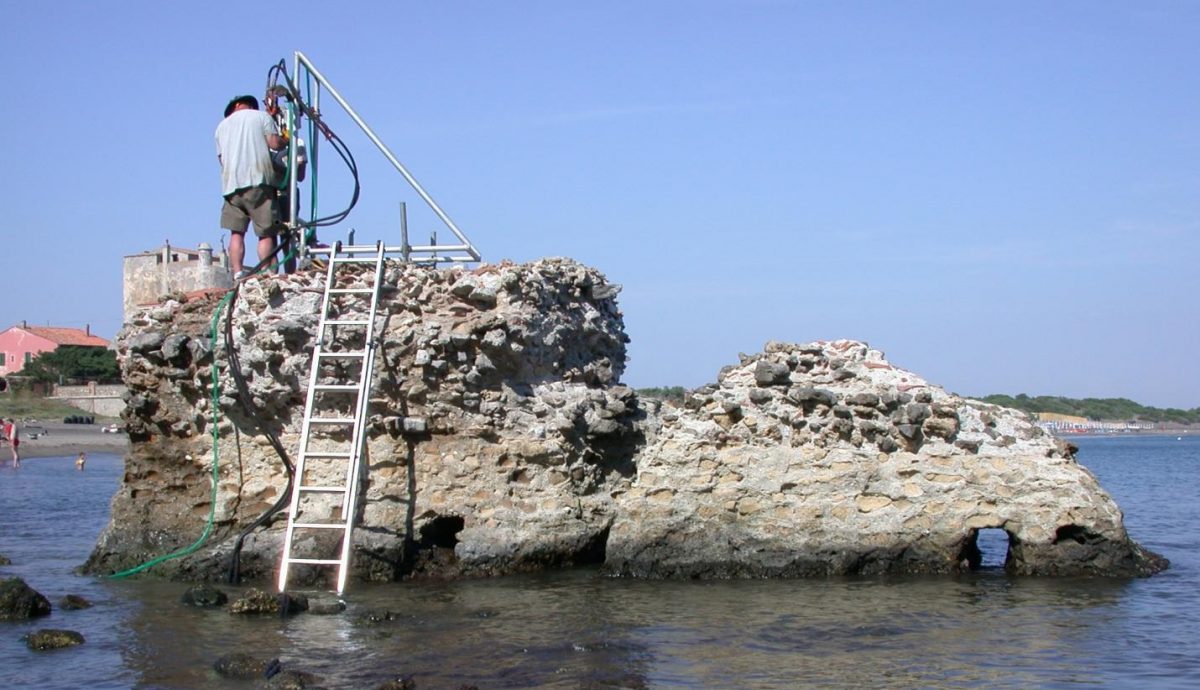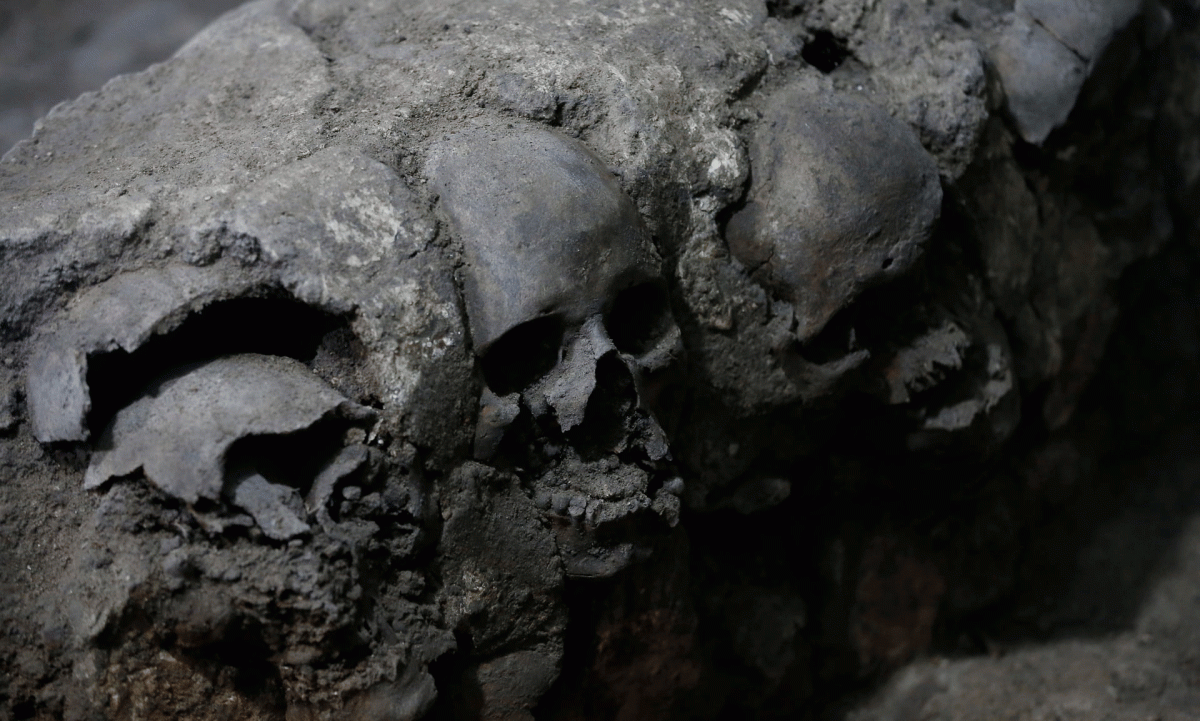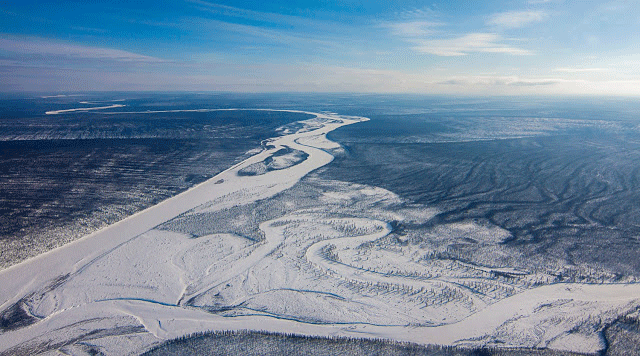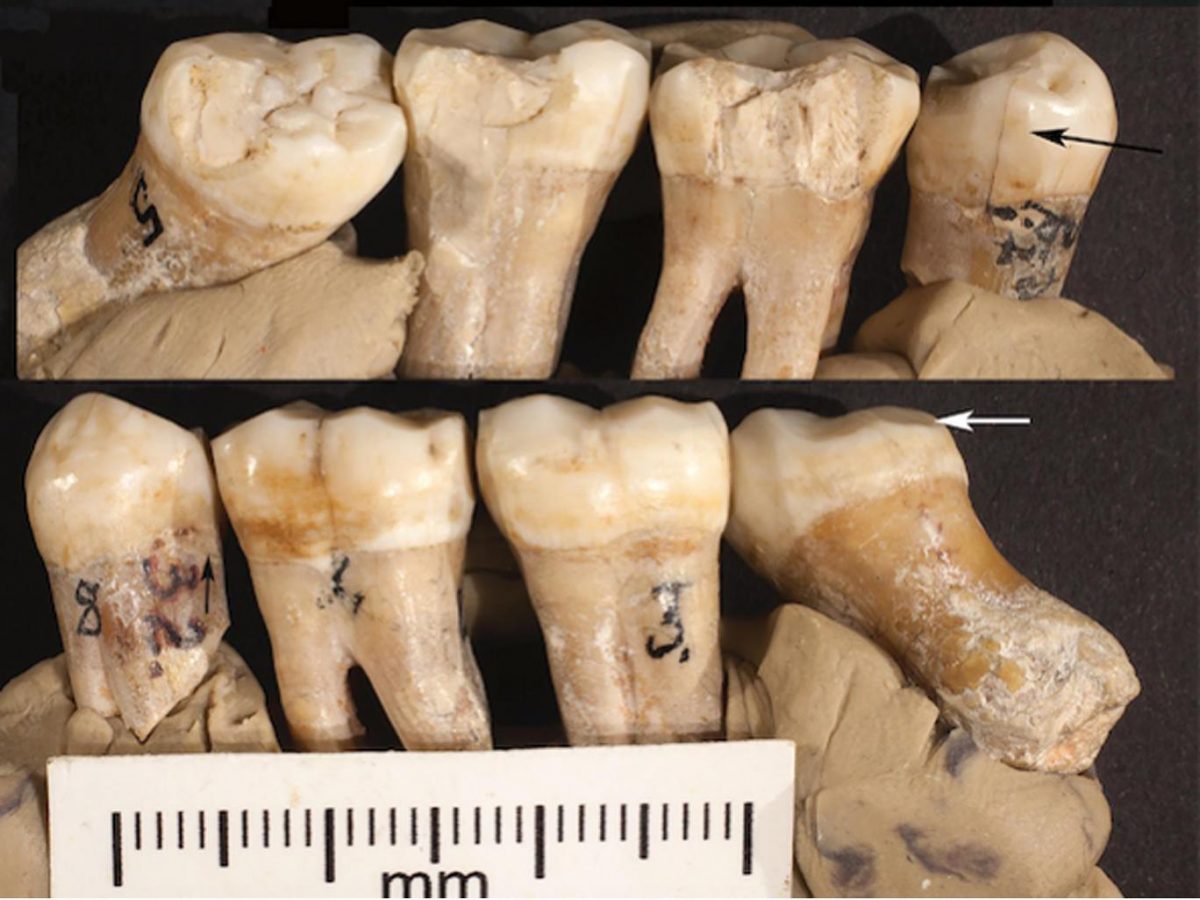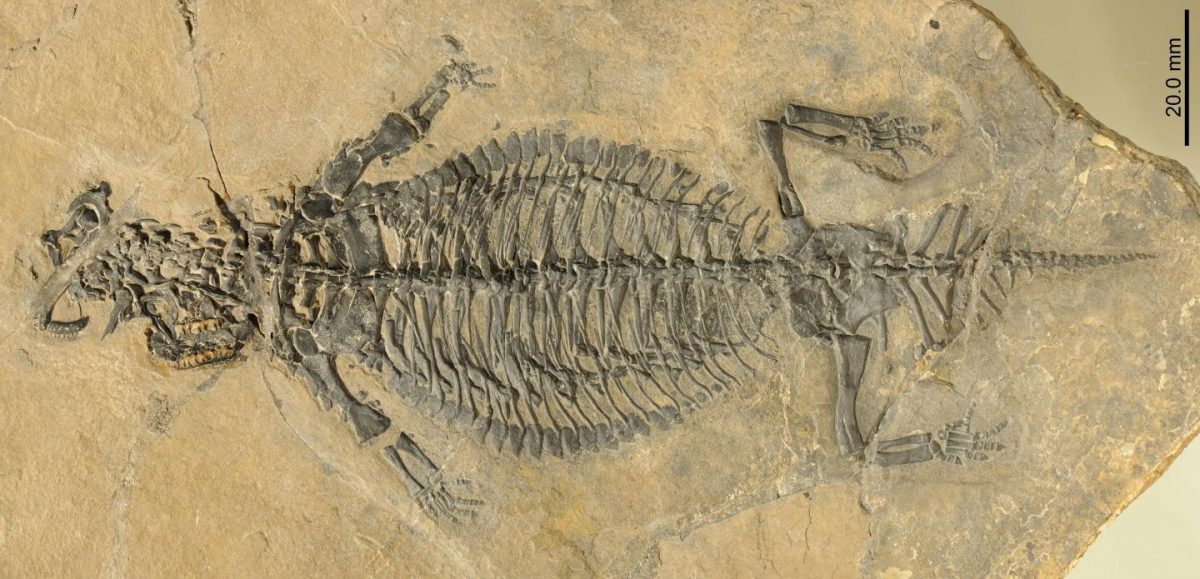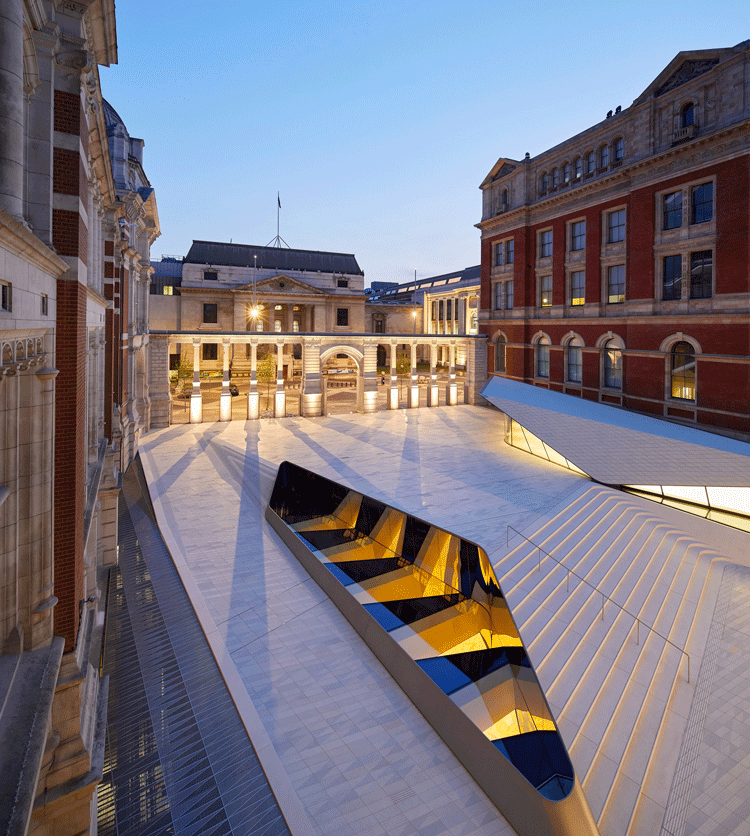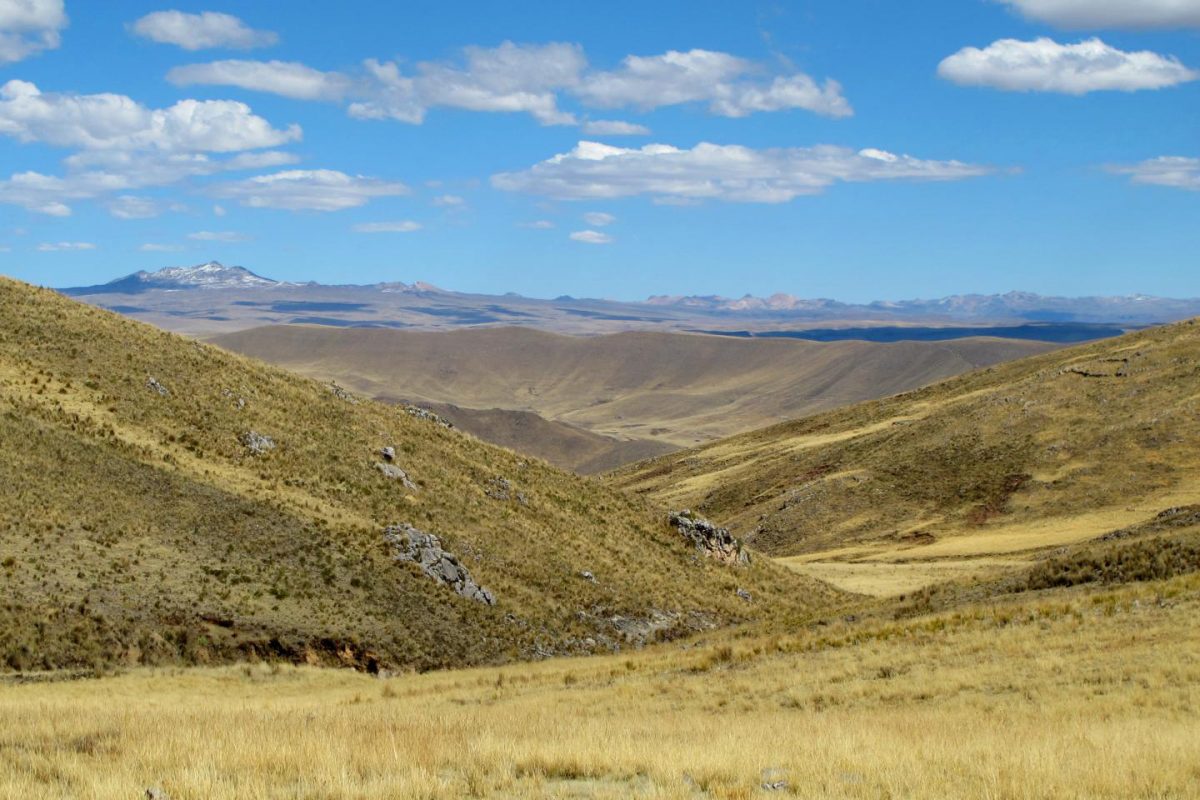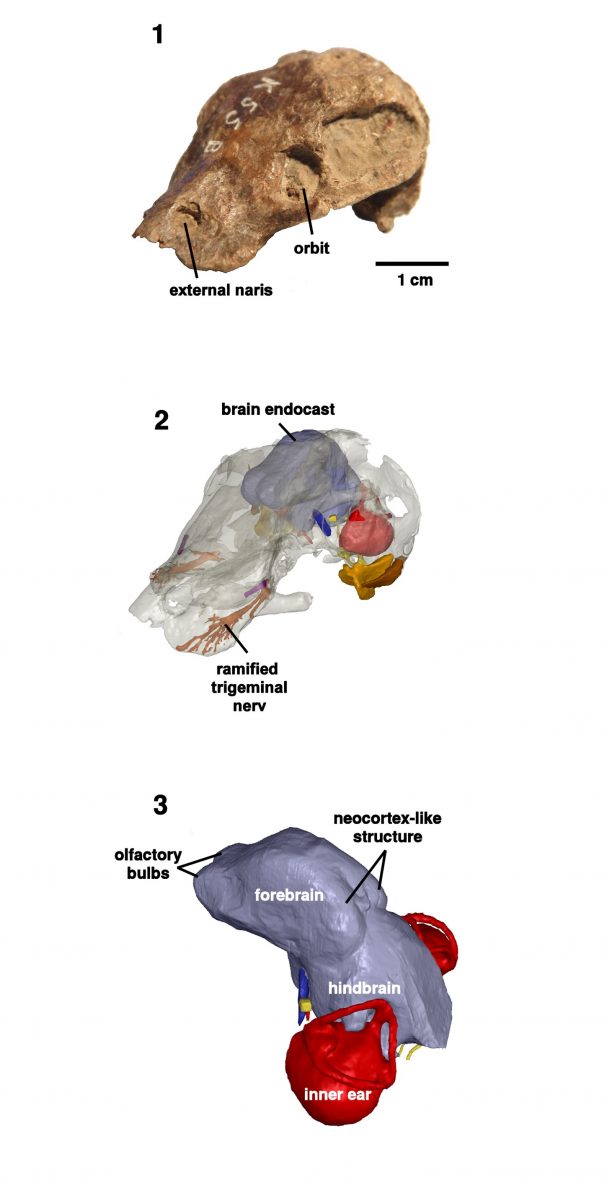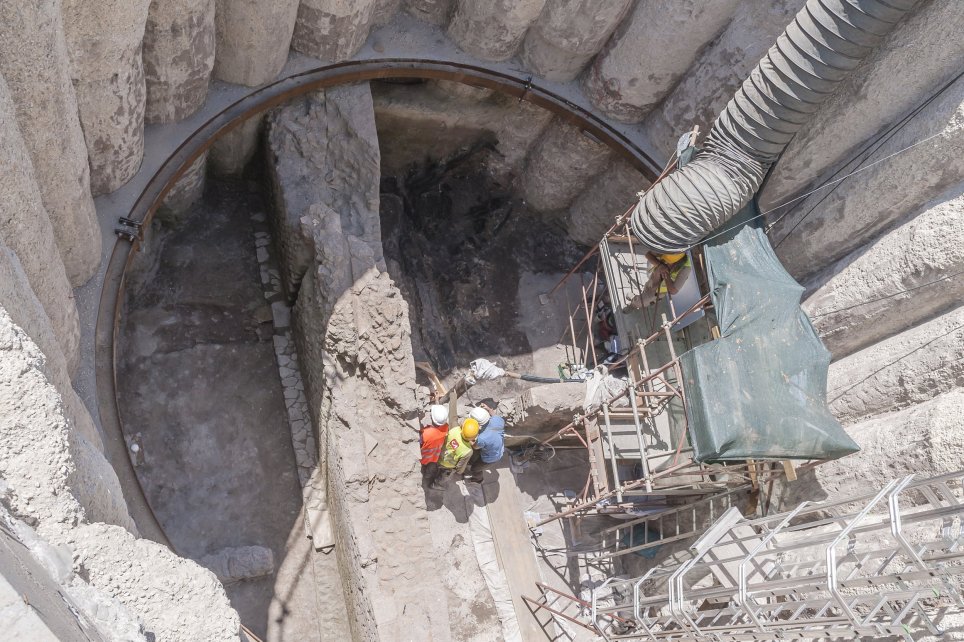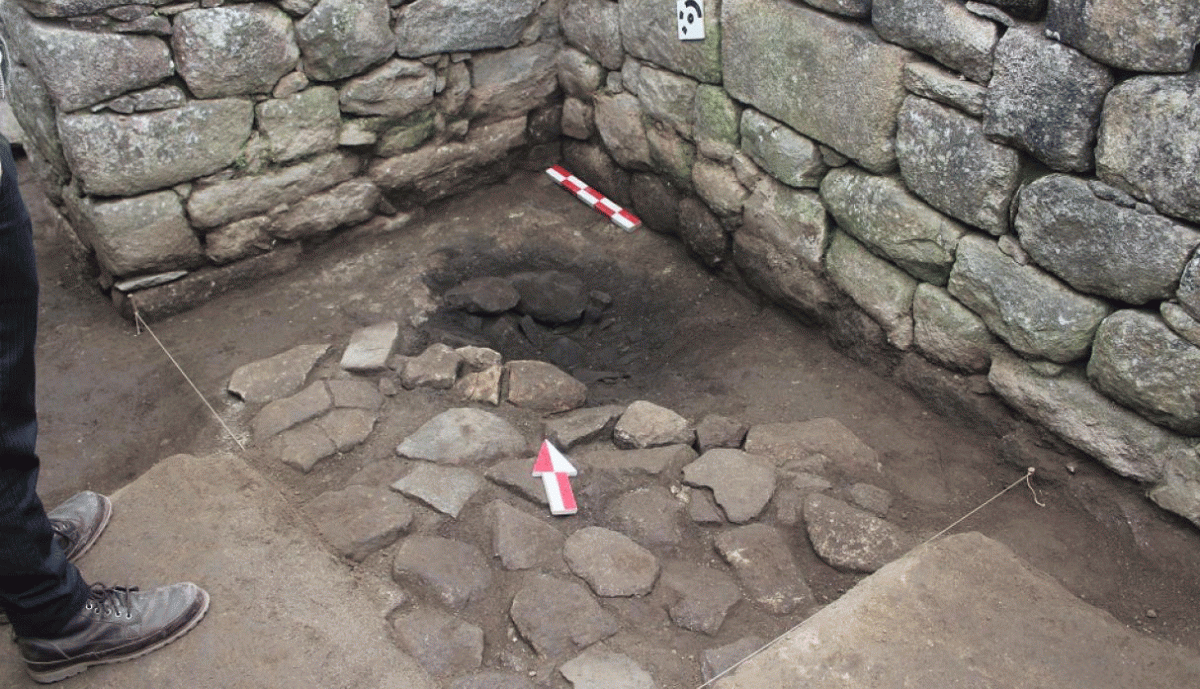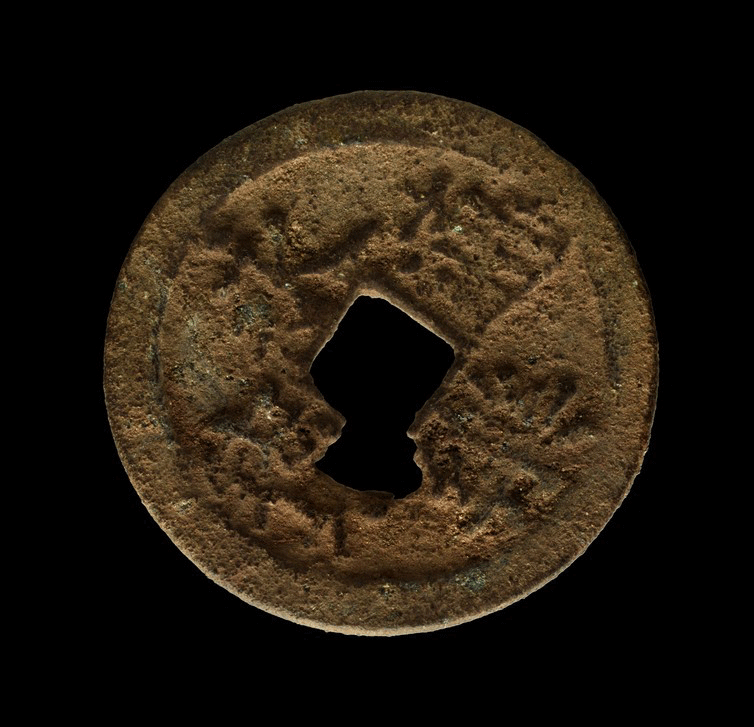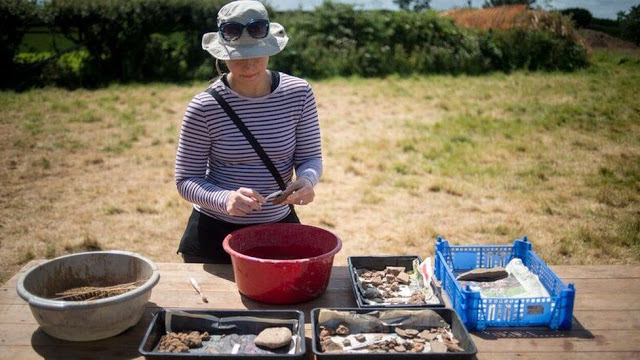How seawater strengthens ancient Roman concrete
Experts study the factors that made architectural concrete in Rome so resilient.
First “Virtual” Unrolling of Ancient Scroll Buried by Vesuvius Reveals Early Text
New "virtual unrolling" techniques allow experts to peer inside the unopened rolls with unprecedented detail.
Archaeologists reveal legendary tower of skulls
Archaeological digs in Mexico City have revealed a legendary tower of skulls, near Aztec Templo Mayor.
VCU lab 3-D scans mastodon fossils
The fossilized remains of a mastodon that died in Virginia more than 18,000 years ago are slated to be 3-D scanned.
Archaeological projects to be continued on Siberian Arctic
Archaeologists will resume their work on Palaeolithic discoveries in the Russian Arctic, with the Kola and the Yana expeditions.
Analysis of Neanderthal teeth grooves uncovers evidence of prehistoric dentistry
A discovery of multiple toothpick grooves on teeth and signs of other manipulations by a Neanderthal of 130,000 years ago are evidence of a kind of prehistoric dentistry.
Rare, exceptionally preserved fossil reveals lifestyle of ancient armor-plated reptile
An exceptionally-preserved fossil from the Alps in eastern Switzerland has revealed the best look so far at an armoured reptile from the Middle Triassic named Eusaurosphargis dalsassoi.
Victoria and Albert Museum new gallery and courtyard open today
The Victoria and Albert Museum has finally reached inauguration day for its subterranean expansion, with Exhibition Road Quarter which is expected to change the role of the museum.
3,000-year-old textiles are earliest evidence of chemical dyeing in the Levant
Discovery provides insight into society and copper production in the Timna region at the time of David and Solomon, Tel Aviv University researchers say.
Ancient South Carolina whale yields secrets to filter feeding’s origins
Researchers have described an extinct relative of baleen whales in Current Biology on June 29 offering new insight into how baleen first evolved.
Excavations at Akrotiri-Dreamer’s Bay
2017 excavations at Akrotiri-Dreamer’s Bay, in the Limassol District have been completed.
Mysterious death rituals at Göbekli Tepe
Anthropologists from the German Archaeological Institute discover deep grooves carved into 11,000-year-old human skulls.
Neolithic settlement remains discovered in Valais, Switzerland
Archaeologists in Switzerland have discovered remains of human habitation dating back to the Neolithic period.
Unique figurine from seven thousand years ago discovered in arable field
While walking in a field in one of the villages of Podkarpacie, an archaeologist from Wielkopolska came across a fragment of a clay figurine from around 7 thousand years ago, depicting a man...
Researchers document early, permananet human settlement in Andes
Using five different scientific approaches, a team of researchers has given considerable support to the idea that humans lived year-round in the Andean highlands of South America over 7,000 years ago.
A skull with history: A fossil sheds light on the origin of the neocortex
Today, mammals possess large and efficient brains. But, what was the bauplan of the brain of their far relatives, the therapsids? When and why evolved the neocortex?
New bone identification method will help the study of past human societies
A new technique enabling archaeologists to distinguish between the bones of sheep and goats has been developed by researchers at the University of Sheffield.
Pompeian houses found in Rome during metro line excavations
During reinforcement works on the Aurelian Walls near the new metro Line C in Rome, archaeologists discovered an ancient solarium, in an excellent preservation state.
Previously unknown extinction of marine megafauna discovered
This study shows that marine megafauna were far more vulnerable to global environmental changes in the recent geological past than had previously been assumed.
New discovery presented at Machu Picchu
Archaeologists working in Machu Picchu, Peru, revealed last week a paved floor and vessel fragments discovered recently.
People have been using money for 40,000 years
When studying the evolution of currency the first sign of exchanging goods is traced back to trading tools for flint weapons in the Upper Paleolithic.
Ancient Devon community had a taste for exotic food and drink
Devon farmers who made their home in the same remote location for 1,200 years had a taste for exotic imported food and drink, archaeologists have found.
Scientists recreate Californian Indian water bottles to study ancient exposure to chemicals
Water bottles replicated in the traditional method used by Native Californian Indians reveal that the manufacturing process may have been detrimental to the health of these people.
